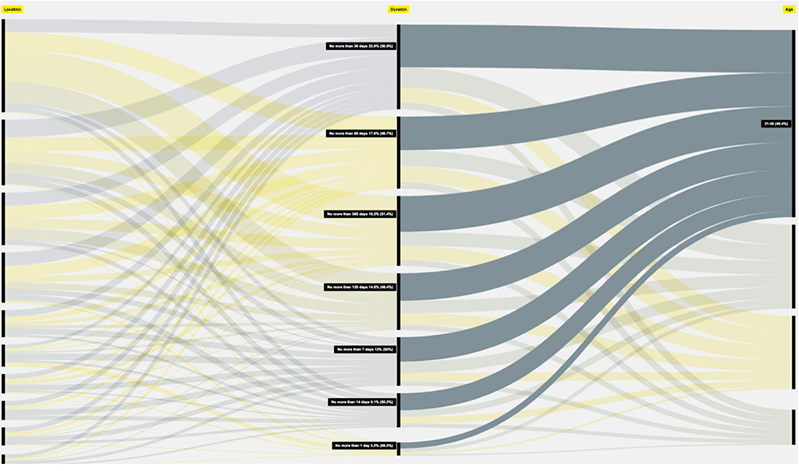Released January 3rd 2013, the open-access edition of Debates in the Digital Humanities. Edited by Matthew K. Gold, who writes in his introduction “The Digital Humanities Moment”
“At stake in the rise of the digital humanities is not only the viability of new research methods (such as algorithmic approaches to large humanities data sets) or new pedagogical activities (such as the incorporation of geospatial data into classroom projects) but also key elements of the larger academic ecosystem that supports such work.”
In her review for The Times Literary Supplement, Dilemmas of the Digital Humanists, Jennifer Howard writes:
“That spirit of open, collaborative experimentation inspires much of what digital humanists do, and it is one of their chief contributions to the humanities at large. This has the makings of a playful revolution. Digital humanists’ drive to experiment with literary, historical, philological and other kinds of data goes hand in hand with a desire to “hack the academy”– to expand or overturn the traditional machinery of the university. Scientists have long been used to the rapid exchange of ideas and findings. With a very few disciplinary exceptions, the publication-and-dissemination mechanisms of the humanities grind slowly.”






